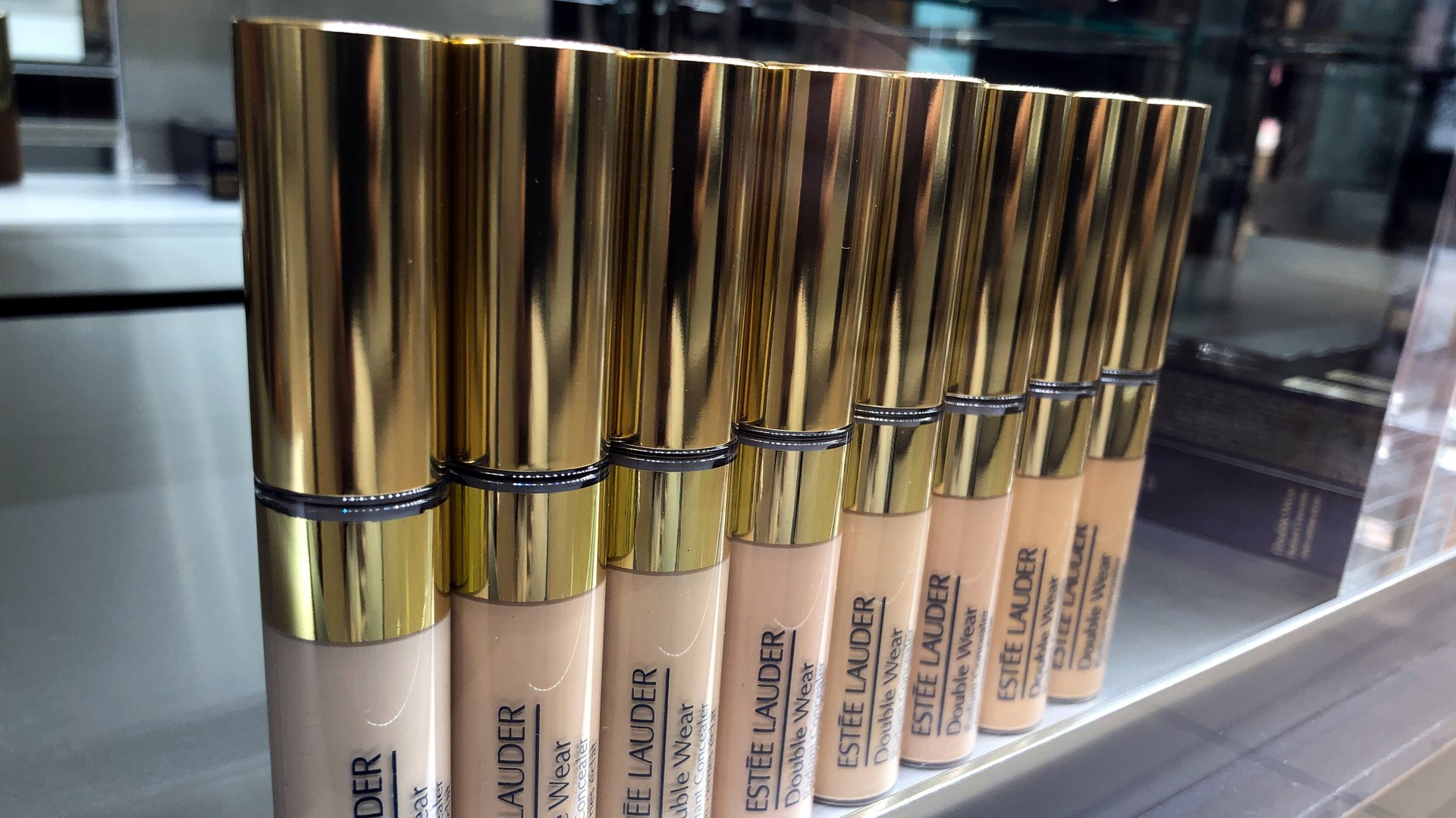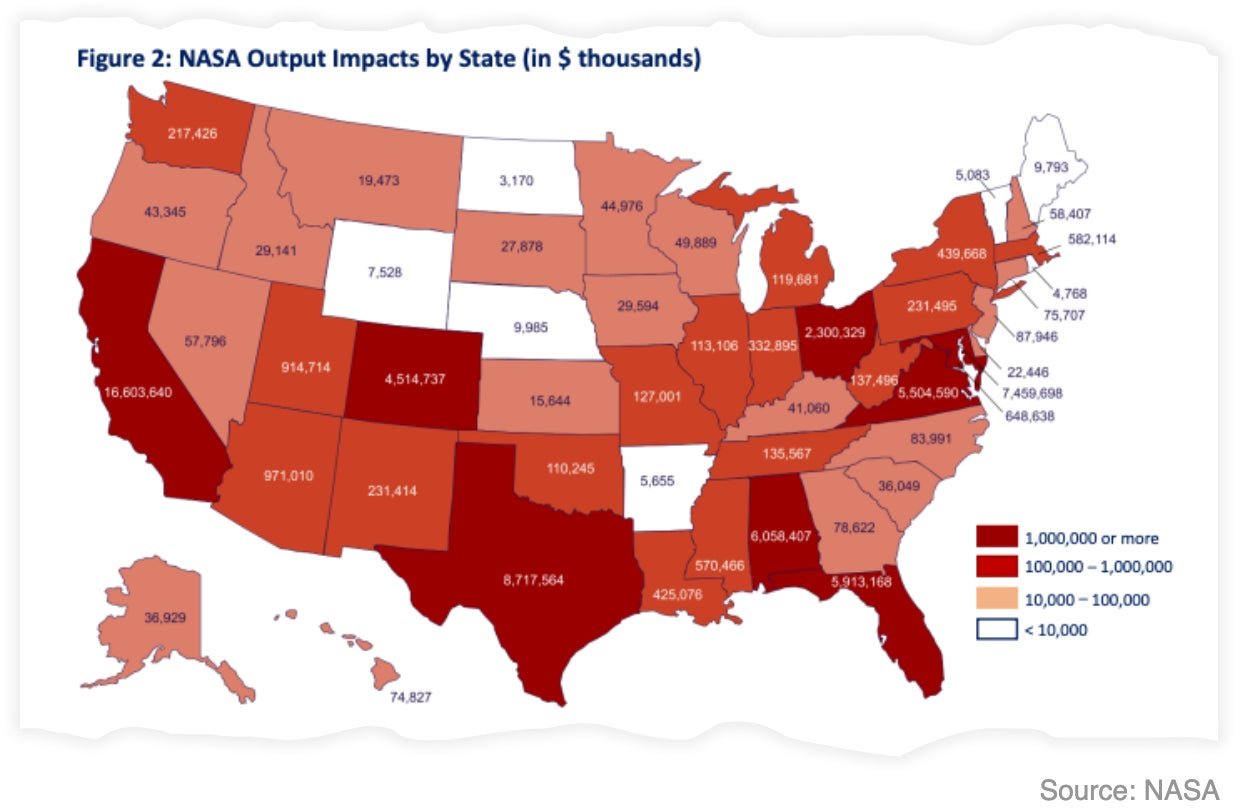Why NASA is backing a cosmic cosmetics ad
The push for commercial activity onboard the International Space Station, notably a plan to film an advertisement for cosmetics giant Estée Lauder, has been met with fears that NASA is shifting too far from its science agenda.


The push for commercial activity onboard the International Space Station, notably a plan to film an advertisement for cosmetics giant Estée Lauder, has been met with fears that NASA is shifting too far from its science agenda.
“Some people were surprised when NASA was supporting a marketing initiative on the ISS,” Phil McAlister, the agency’s director of commercial spaceflight, said last week. “That’s exactly why we think this is a good project to perform on the ISS. We need to expand people’s perspective on what we can accomplish in space on the ISS.”
It’s worth remembering that the law that governs NASA prioritizes “the fullest commercial use of space” over the “expansion of human knowledge of the Earth and of phenomena in the atmosphere and space.”
That may be legal pedantry, but for a more concrete example, consult NASA’s 2019 economic impact study (pdf), which argues that the space agency sustains 312,630 jobs across the US, including the civil servants, contractors, and the jobs generated indirectly by its spending. The report includes this helpful chart showing the economic impacts of NASA’s work on a state by state level:

You can see why senators care so deeply about NASA facilities in their states. The report also emphasizes that NASA’s “moon to Mars” work—a somewhat arbitrary accounting bucket that includes the mooted Artemis return of humans to the moon—has had the greatest economic impact. That may help to convince reluctant lawmakers to pony up the $28 billion needed to make the missions happen.
But a lot of that impact has to do with waste, too: Artemis is one of NASA’s most over-budget programs, including hundreds of millions of dollars in incentive payments that government auditors say shouldn’t have been given to contractors like Boeing and Lockheed Martin as they failed to deliver their products on time.
It puts the subsidized cost of the Estée Lauder mission in perspective—the make-up company will pay $128,000 for services that will probably cost the space agency in the range of $250,000, depending on how you allocate the opportunity cost of astronaut time. That difference isn’t even a rounding error in NASA’s traditional programs.
So why the controversy? It’s not that this is necessarily new or because advertising is seen as a disreputable—Hilton hotels baked cookies on the ISS last year for a marketing stunt, and Pizza Hut delivered in 2001.
The Estée Lauder experiment received the most negative attention because the arrival of private space transport means business in low-earth orbit is becoming less a fever dream of entrepreneurs and more often reality. Yesterday, NASA administrator Jim Bridenstine said the agency would be starting a program to support private astronauts who want to pay to go to the ISS, referencing reports of a Hollywood blockbuster with Tom Cruise attached.
If you’re attached to Star Trek science fiction visions of space exploration where commerce is conveniently elided, this may seem lame, but real people can’t just assume a post-scarcity future. The US space program is divided between those who expect that the space-industrial complex will continue to roll slowly on indefinitely, and those—like Bridenstine and McAllister—who fear a future when lawmakers won’t pony up billions to support the space program.
“It’s not possible for the ISS to operate indefinitely,” McAlister said. “There is going to come a time for the ISS to retire. In order for other destinations to be sustainable, they are going to need customers other than NASA to support their operations.”
A version of this post originally appeared in Quartz’s Space Business newsletter.